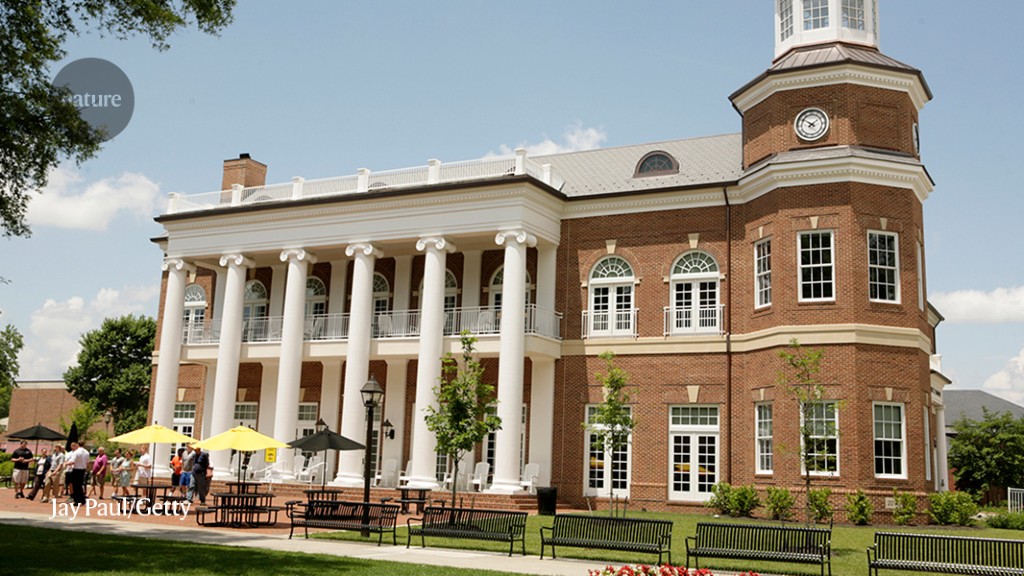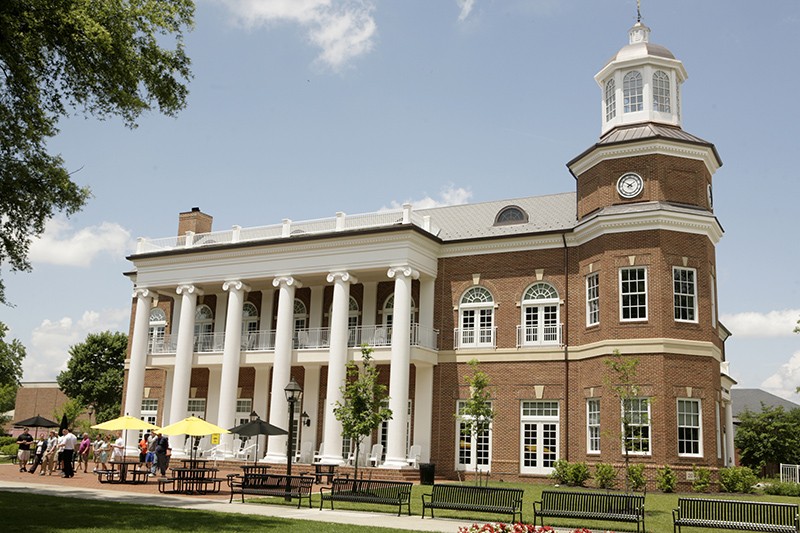Although the two of us were raised oceans apart, we both attended a small, undergraduate-focused institution in North America before transitioning to a large, research-intensive university for our doctoral work. We’re proud of our work at smaller institutions, but too often we — and others we’ve worked with — perceive a bias against them in academia.
We’re not the only ones who feel proud and a little protective of the smaller institutions we trained at. When one of us (D. L.) tweeted, in 2019, about our experiences, we could not have predicted the enormous engagement the tweet would receive. Among the responses were suggestions that finding a niche and achieving work–life balance can be easier in a smaller institute, and that going outside a big institution allows you to find a place that values the same things you do.
Countries and ranking matrices have different ways of defining ‘elite’ or ‘research-intensive’ institutions. In the United States, they’re designated ‘R1’ under the Carnegie Classification of Institutions of Higher Education — maintained by the Indiana University School of Education in Bloomington — on the basis of “very high research activity”. This classification relies on a combination of metrics, including the amount of federal research funds received each year. In the United Kingdom, the self-selected ‘Russell Group’ universities make up 15% of the country’s higher-education institutions, but attract around three-quarters of research funding and often appear high up in the rankings compiled by Times Higher Education.
Unfortunately, in our view, there still seems to be an assumption that scientists at non-elite institutions are there as a ‘fallback’, because they aren’t good enough for R1s. This bias indirectly sends a message to early-career researchers that unless they came from or get a job at a top-tier institution, they are not successful scientists. We and our peers have been on the receiving end of this message. Considering that the Carnegie Classification lists some 4,324 institutions of higher learning in the United States, and that only 131 of those are R1s, the bias is absurd and detrimental.
The message that smaller institutions aren’t good enough takes many forms. One of us (K.G.) remembers one of her doctoral programme’s principal investigators telling her that the programme was meant to prepare candidates for research positions; therefore, it did not provide opportunities to gain significant teaching experience — which is very important at smaller institutions.
Implications for funding
This bias can also undermine funding allocations. One analysis of US National Science Foundation graduate fellowships, published in Science in 2019, found that these awards are disproportionately won by students from R1 institutions.
And in Canada, many federal research awards for faculty members and graduate students are allocated on the basis of their institution’s track record in winning funds. Some might argue that the ability to attract funding is the result of a meritocracy, but the reality is that when an institution’s historic performance and prestige are taken into account, funding simply begets more funding.
This effectively means that faculty members at smaller institutions lose out, and struggle to run successful research programmes and train the next generation of scientists. This, in turn, makes it harder for postdocs, graduate students and undergraduates at these institutions to thrive and make meaningful contributions to their field, and could mean that they miss out on the training and expertise that faculty members have to offer. Such bias can create a self-fulfilling prophecy, with highly qualified researchers at all career stages flocking to large institutions.
We feel the status quo fails to recognize that smaller institutions can provide excellent research training, not despite, but because of, their size. In large universities, an undergraduate might work with a graduate student who, in turn, might primarily report to a postdoc. This hierarchy can often distance undergraduates from the professor who directs the laboratory. By contrast, smaller universities might better allow undergraduates to work directly with faculty members early on, and in small groups.
Incredible potential
Undergraduates in K.G.’s lab, for example, design and fully implement research projects that are presented at international conferences and published in peer-reviewed journals; thus, their experiences are much like those of early-stage graduate students. At smaller institutions, the faculty mindset pays special attention to the incredible potential of budding scientists, better allowing them to grow and thrive. Indeed, this was our experience as undergraduates and we both feel that this environment was fundamental to launching us into careers in neuroscience.
Top-tier institutions are still places of privilege, as reported by The New York Times, among many other media outlets. Studies have documented academia’s ‘hidden’ curricula1, easily accessible to relatively privileged students, but less so to others. The benefits of small to mid-sized institutions — especially ones that are culturally responsive and that have long catered to minority ethnic groups — are evident, in terms of boosting social mobility and representation, for example.
What’s more, smaller institutions can sometimes be the only option for disabled postdocs and students, who might be unable to find a replacement elsewhere for the local care team they rely on. Not everyone has the luxury of funding or other support to uproot and relocate. We need to recognize that the ‘below-par’ perception of smaller institutions fails to acknowledge their role in equity, diversity and inclusion, as well as the exceptional training they offer for diverse students entering science, technology, engineering and mathematics.
Scientists are born and raised in different ways and environments. The mentality that good science only happens in large, highly research-intensive universities is damaging for the field. Small and mid-sized institutions offer invaluable experiences for many. Don’t count them out.
Competing Interests
The authors declare no competing interests.








More News
Author Correction: Bitter taste receptor activation by cholesterol and an intracellular tastant – Nature
Audio long read: How does ChatGPT ‘think’? Psychology and neuroscience crack open AI large language models
Ozempic keeps wowing: trial data show benefits for kidney disease